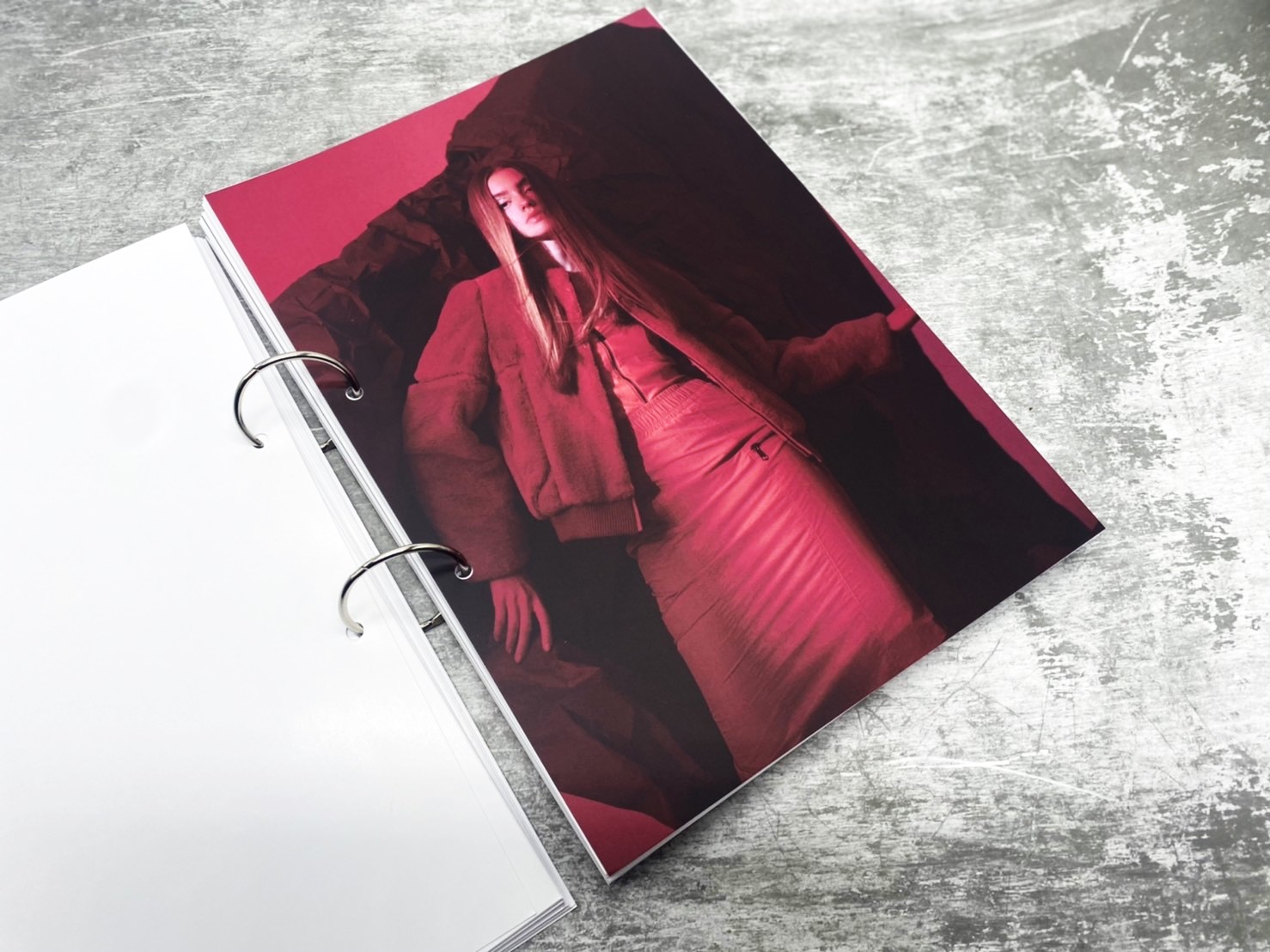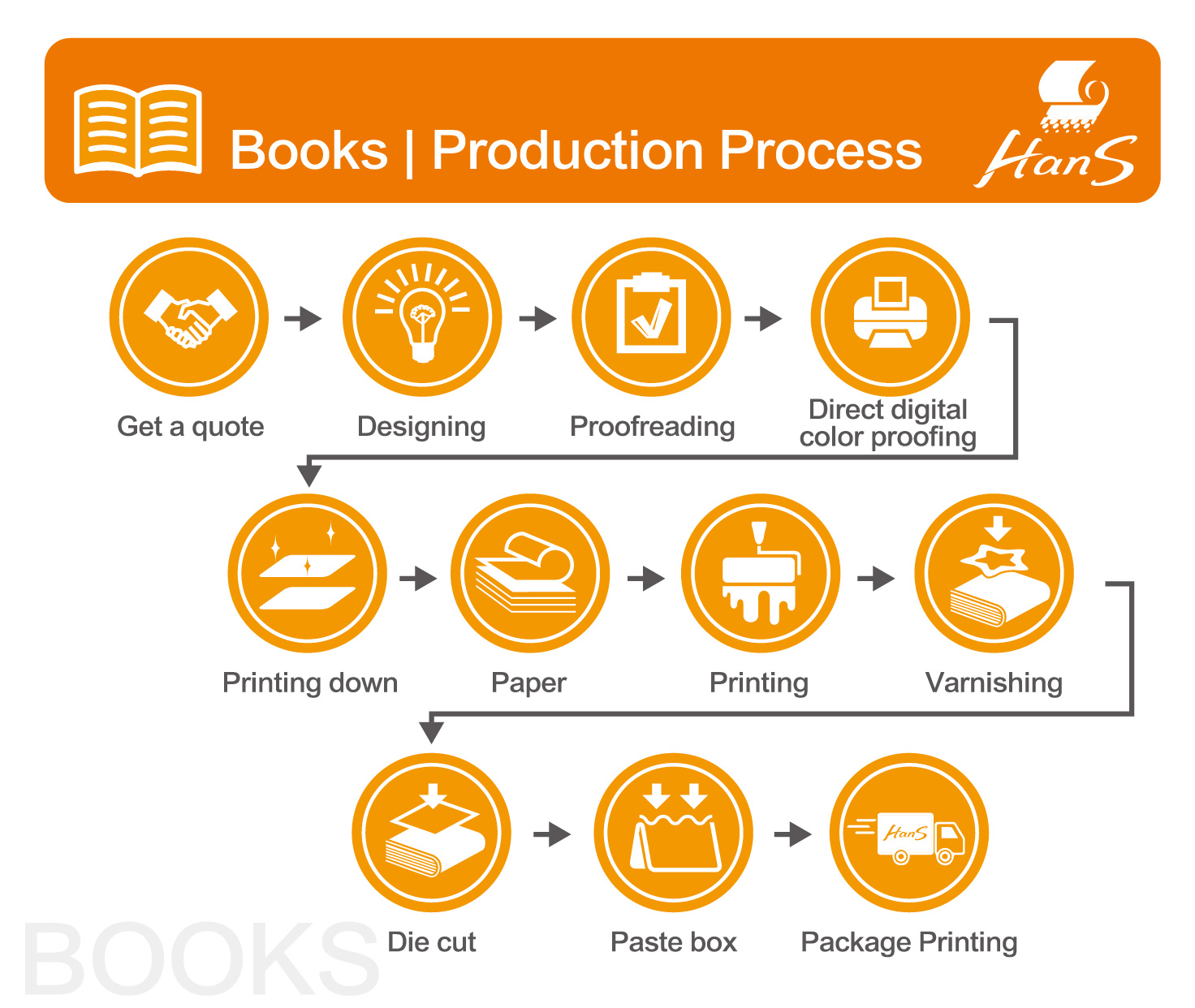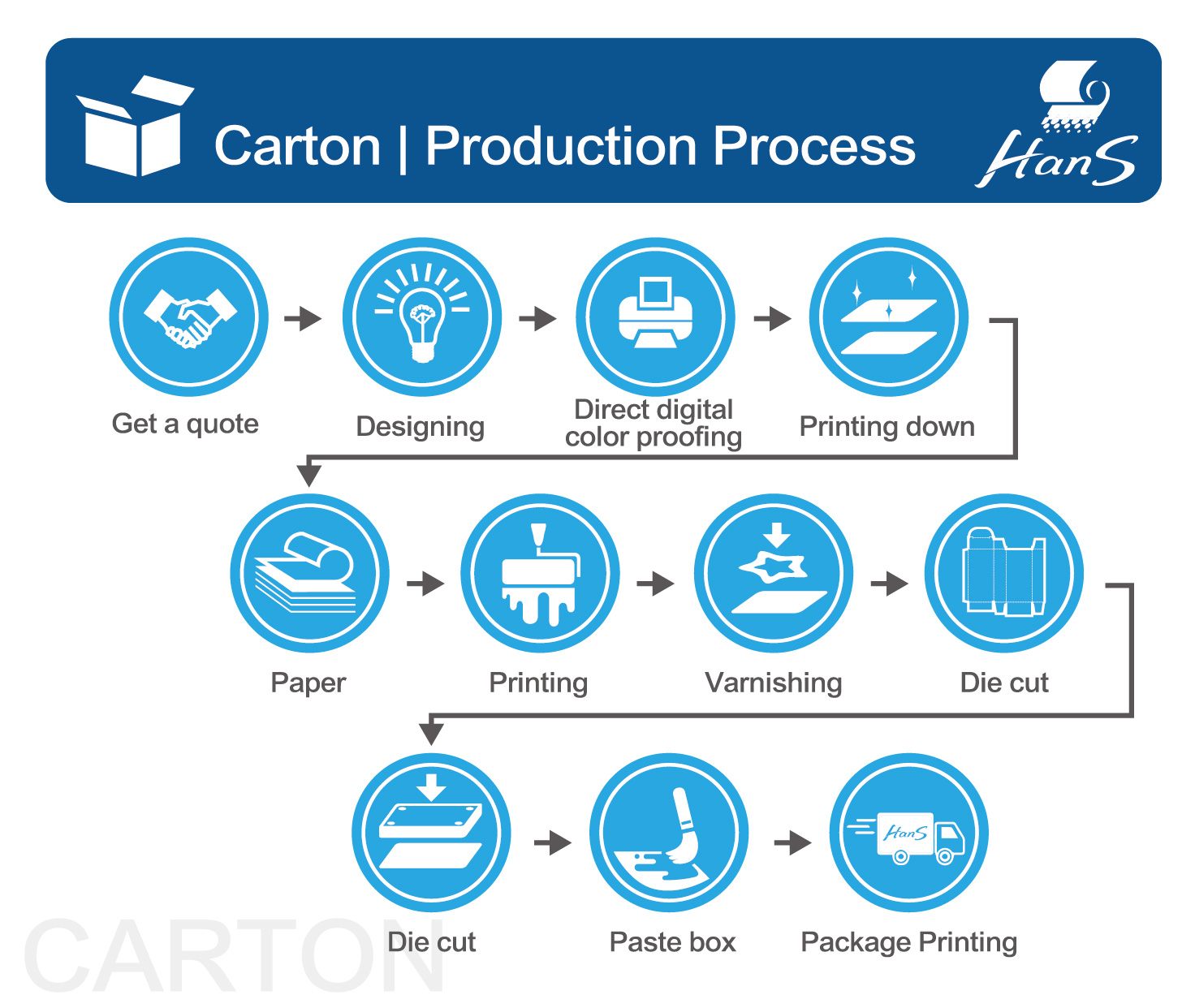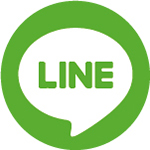Book Binding Method
-
sentiment_very_satisfied
視聴者:
- 955 人
Book binding methods vary depending on the desired look, durability, and cost. Here are some common book binding methods:
1.Saddle Stitching: This method involves folding sheets of paper and stapling them along the fold (the spine). It's commonly used for booklets, pamphlets, and magazines with a smaller page count.
2.Perfect Binding: This is the method used for most paperback books. Pages are gathered, the spine edge is roughened, adhesive is applied, and then a cover is wrapped around the glued spine.
3.Sewn Binding (Smyth Sewn): This is a durable method where folded signatures of pages are sewn together with thread before attaching them to the cover. It allows the book to lay flat when open and is often used for high-quality hardcover books.
4.Case Binding: Also known as hardcover binding, this method involves sewing together signatures (or gluing them) and attaching them to a hard cover made of cardboard wrapped with cloth, paper, or another material.
5.Wire-O Binding: This uses a double-loop wire binding that runs through small holes punched along the binding edge of the book. It allows the book to lay flat and is often used for notebooks, calendars, and manuals.
6.Comb Binding: This method uses a plastic comb with curved teeth that fit through rectangular holes punched along the binding edge. It allows for easy page insertion and removal and is often used for reports and presentations.
7.Spiral Binding: Similar to wire-o binding but uses a continuous plastic or metal coil instead of separate loops. It also allows the book to lay flat and is commonly used for notebooks and cookbooks.
8.Coptic Binding: A method originating from ancient Egypt, where sections of pages are sewn through their folds and then attached to hard covers.


From planning and filing to the completion of printed matter, printing must go through many procedures, combined with the professional skills of countless people, such as graphic designers, commercial photographers, copywriters, typewriters, artists, color separation technicians, printing technicians, Public workers, printing technicians, bookbinding, varnishing and various processing technicians, etc., without any one, can not successfully complete the printed matter, so they are all important contributors.
We assist many enterprises and organizations in the integrated planning and production of printed materials, focusing on providing comprehensive printing integration services, helping you think more, do more, and win more under limited time and money.









